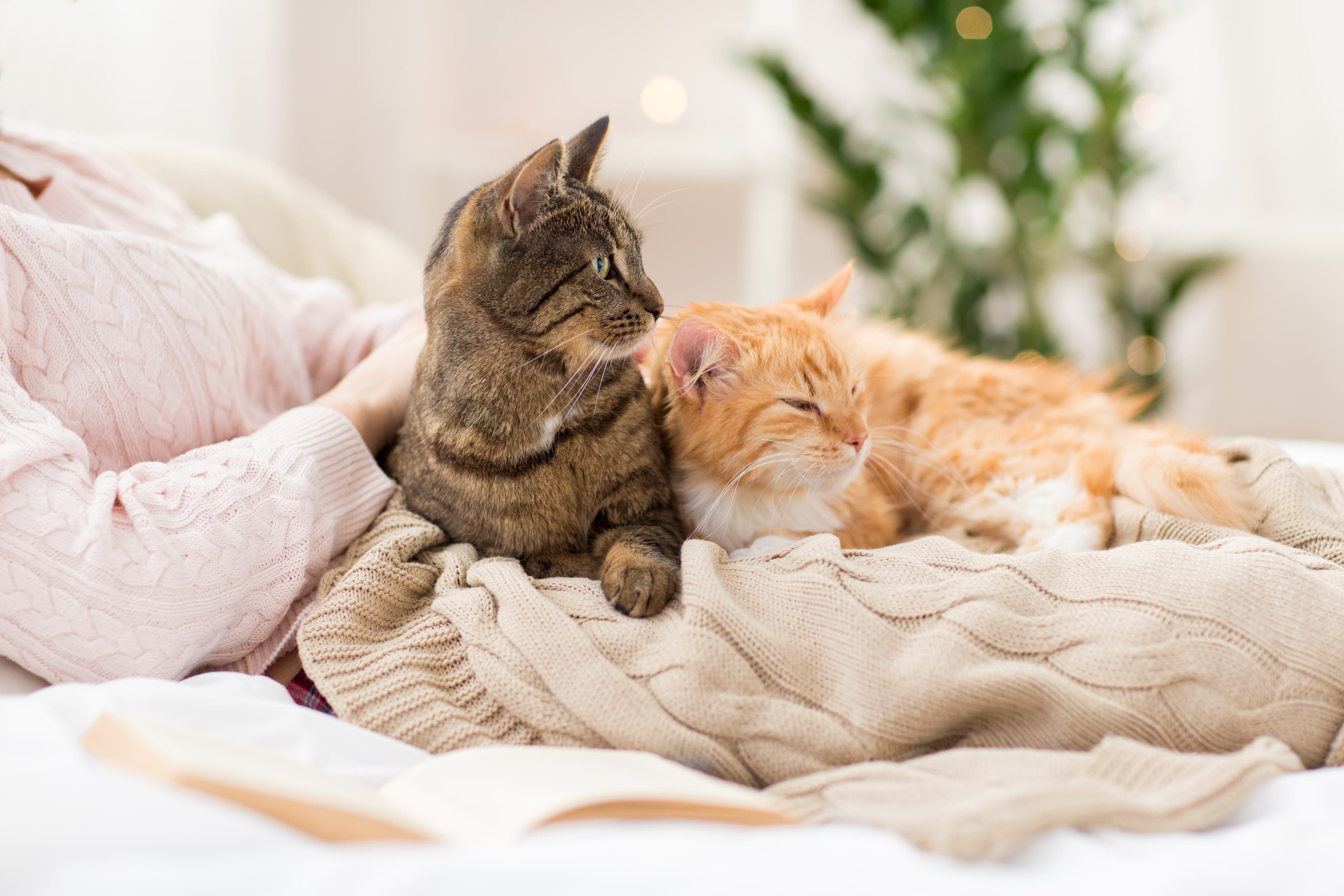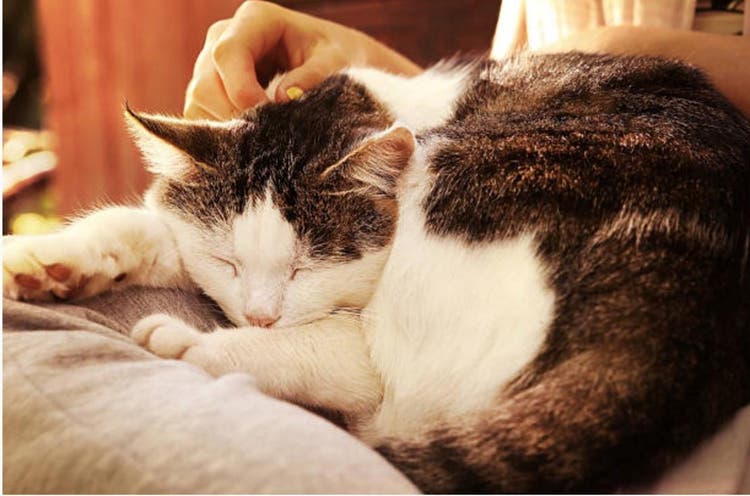Reviewed by: Dr Abbie Lam DVM
Cats can feel the change in the season as much as their human counterparts. When temperatures drop closer to 0°C, you’ll need to take certain preparations to keep them comfortable and safe.
Cats are sensitive to changes in their environment, and cold weather is no exception. Even if your cat has a thick coat or seems to prefer the outdoors, they are not immune to the risks of cold exposure. Hypothermia and frostbite can happen quickly, especially when the temperatures drop near or below freezing.
For cats that have underlying health issues, the risks are even higher. Older cats may struggle to regulate their body temperature and are more susceptible to cold-related illnesses. To keep your cat safe, bring them indoors well before the temperature reaches dangerous levels and monitor their behaviour closely for signs of distress.
Preparing Your Cat for Winter
Help your cat stay warm and healthy during the winter with the following tips:
Create a Cozy Bed
Cats love to snuggle in warm, comfortable spots, especially when it's chilly outside. Adding a soft, insulated blanket to their bed can make a big difference in retaining heat. Consider investing in a 'cat cave' for a snug, enclosed space where your cat can curl up and feel protected from the cold. Place the bed in a draft-free area of your home, away from doors or windows.
Provide Shelter for Outdoor Cats
If your cat spends time outdoors, ideally in a cat-safe enclosure or backyard, it's important to provide a safe and warm shelter. An outdoor cat house is an excellent solution. These structures should be well-insulated, waterproof, and small enough to retain body heat effectively. Line the interior with straw (not blankets, which can retain moisture) to create a warm and dry environment. Position the shelter in a protected area, such as under a covered porch, to shield it from wind and snow.
Adjust Food Intake
During winter, your cat may need slightly more calories to maintain their body temperature and grow a thicker coat. Consult your veterinarian to determine the appropriate amount of food for your cat's specific needs. Ensure your cat has access to fresh water and check outdoor water bowls frequently to prevent freezing.
Screen Fireplaces
A cozy fireplace can be inviting for you and your cat, but it's important to use a sturdy screen or barrier to prevent your cat getting too close to the flames, embers or soot. This simple step can protect your cat from burns and keep your home safe.
Check Your Car's Bonnet
Cats are known to seek warmth in unexpected places, including under car bonnets. Before starting your car, tap on the hood or honk the horn to ensure your cat (or any neighbourhood cat) hasn't taken refuge on the engine. This precaution can prevent serious injuries.

Hypothermia in Cats
Hypothermia occurs when a cat's body temperature drops below the normal range due to prolonged exposure to cold. It is a serious condition that requires immediate attention.
Signs of Hypothermia in Cats
- Weakness or lethargy
- Inactivity or unresponsiveness
- Shivering
- Slowed breathing and heart rate (in severe cases)
What to do if Your Cat Has Hypothermia
If you suspect your cat is suffering from hypothermia, take the following steps:
- Move your cat to a dry, warm place immediately.
- Wrap your act in a warm blanket or towel to help raise their body temperature gradually. Avoid using direct heat sources, such as heating pads, as these can cause burns.
- Contact your veterinarian as soon as possible. They may need to administer intravenous fluids, oxygen or other supportive treatments.
- If you need to transport your cat to the vet, use a hot water bottle wrapped in a towel to provide additional warmth during the journey.
Frostbite in Cats
Frostbite occurs when a cat's extremities, such as their paws, ears or tail, are exposed to freezing temperatures. Prolonged exposure can cause tissue damage, which may not be immediately apparent.
Signs of Frostbite in Cats
- Cold skin or extremities
- Discoloured skin (white or pale, grey, blue, red, deep purple or black)
- Skin that becomes red, swollen or painful as it thaws
- Blisters that may be filled with blood
What to do if Your Cat Has Frostbite
If you notice signs of frostbite, follow these steps:
- Avoid rubbing or massaging the frostbitten areas, as this can worsen the damage.
- Gently warm the affected areas by dipping them in warm (not hot) water or by applying warm, damp towels. Test the water temperature to ensure it's comfortable for your cat.
- As the frostbitten areas begin to regain their normal colour, carefully dry them with a clean, soft cloth.
- Seek veterinary care as soon as possible. Severe frostbite can lead to complications, including infection and gangrene, which require prompt medical attention.
Additional Winter Safety Tips
- Monitor Indoor Temperatures: Ensure your home remains warm and draft-free. Use space heaters cautiously, keeping them out of your cat's reach.
- Avoid Toxic Substances: Anti-freeze and de-icing salts can be harmful to cats if ingested or if they come into contact with their paws. Clean up spills promptly and rinse your cat's paws after outdoor excursions.
- Keep them Active: Provide toys and activities to keep your cat mentally and physically stimulated indoors during the winter months.
Winter can be a challenging time for both pets and their owners, but with proper care and preparation, your cat can remain safe, warm and content. By following these guidelines, you'll ensure your feline friend enjoys the season as much as you do - whether they're lounging in a cozy bed or watching the snow from a warm windowsill.









